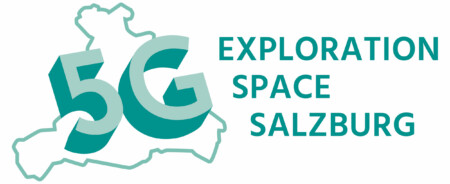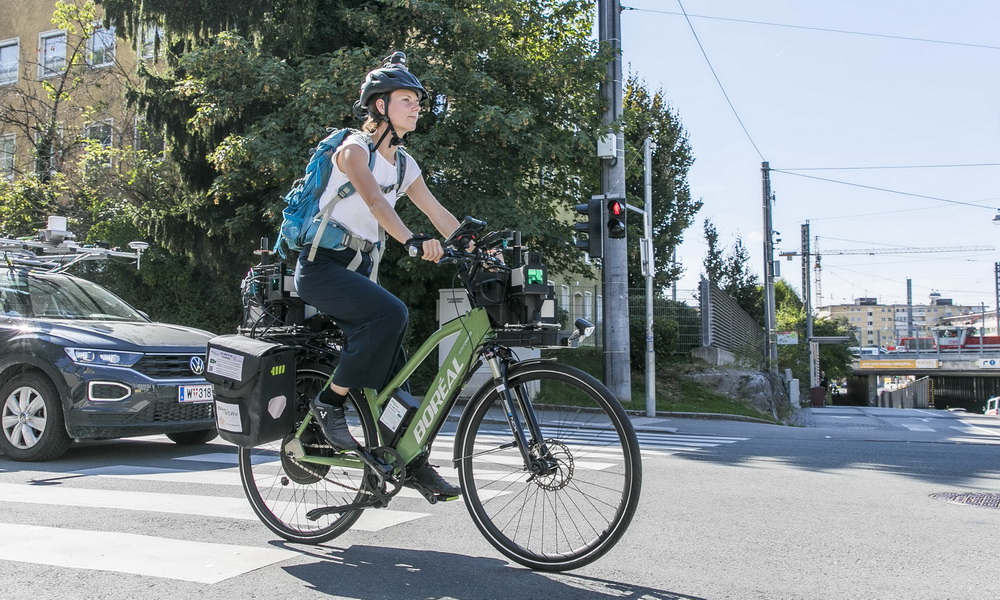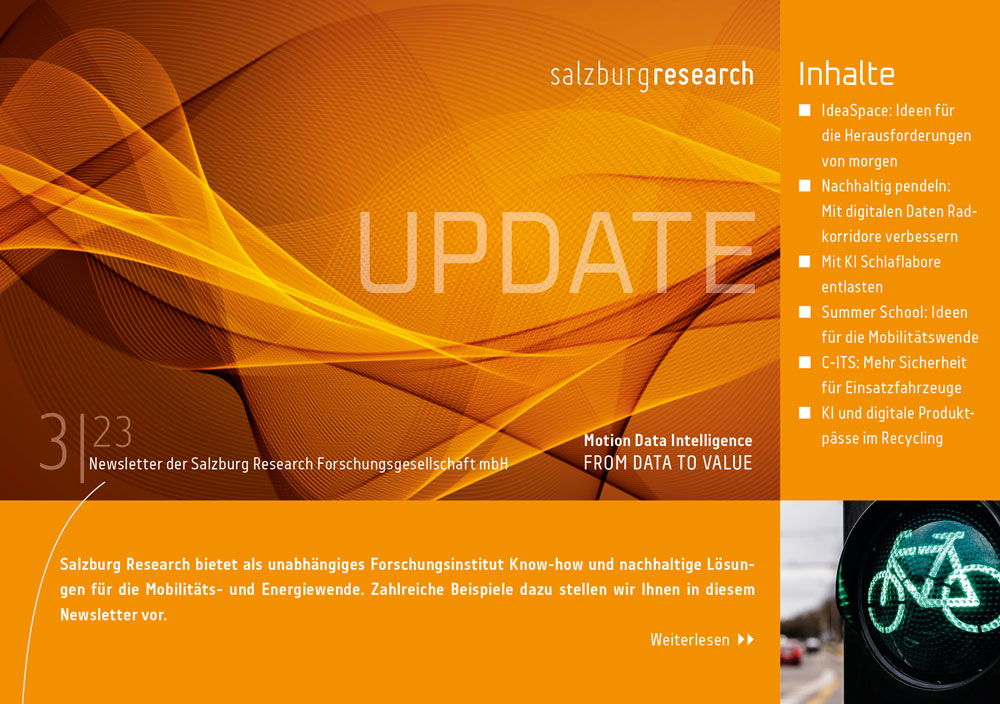
5G Exploration Space Salzburg
The 5th generation of mobile communications (5G) is a very promising technology. But how can the added value of the new technology actually be used? And are the promised properties even achieved? In Salzburg, under the direction of Salzburg Research, a 5G research infrastructure is being created that can be used by science and companies to test applications and products.
The fifth generation of mobile communications not only promises top data rates of up to 10 gigabits per second, but above all extremely low latency times, high availability, high reliability and high energy efficiency. In addition, each 5G radio cell can serve significantly more devices than older standards.
Despite these attractive properties, 5G is not an “all-encompassing” network because, on the one hand, the systems currently available on the market are not yet able to meet all these properties. On the other hand, the configuration of a 5G network will remain a constant compromise, because all properties cannot be fulfilled equally well at the same time: “A terminal device can be provided with either the highest bandwidth or the highest reliability – but not both at the same time, since the resources are required for either bandwidth or reliability”, explains 5G Exploration Space manager Peter Dorfinger from Salzburg Research.
The operation and the actual configuration of a 5G network must therefore be adapted to the specific requirements of the application. In the 5G Exploration Space Salzburg, four relevant 5G use cases in different subject areas are prepared and tested in order to rule out interactions and to guarantee security and privacy. At the same time, necessary, vendor-independent monitoring tools are being developed so that this technology can also be operated safely for critical applications, such as the remote control of a medical robot during heart surgery.
Four Salzburg Use Cases
Four specific applications are being implemented in the 5G Exploration Space Salzburg. They focus on requirements that 4G networks are currently unable to meet. The 5G network is operated in various configurations in order to evaluate which configuration can be used to achieve which performance features:
- Remote control of (industrial) robots: Control of robots via a 5G network within laboratories and across networks from other mobile locations.
- Real-time feedback in sport: recording of movements using sensors, intelligent linking and processing of different sensor data and transmission of the results as real-time feedback to the athletes.
- Collaborative design of urban space: Participative processes in spatial planning and for collaborative urban design with the help of virtual and augmented reality.
- 5D Smart Campus: A digital live model of the Science City Itzling is developed through a combination of 3D data, fixed sensors and mobile devices. Smart services for orientation and mobility of students, suppliers, visitors and employees as well as for facility management for maintenance and better use of resources and infrastructure are made possible.
5G Exploration Space Salzburg
The competencies of important Salzburg Research institutions are bundled in the 5G Exploration Space Salzburg:
- Salzburg Research Forschungsgesellschaft mbH (project management)
- Center for Human-Computer Interaction and Inter-Faculty Geoinformatics (Z_GIS) oft he University of Salzburg
- Salzburg University of Applied Sciences
- Research Studio Austria FG iSpace
The 5G Exploration Space Salzburg is funded as part of the WISS2025 strategy of the State of Salzburg. The necessary equipment and frequencies for the operation of the 5G network are provided by Salzburg AG. Science City Itzling and Campus Urstein will serve as test sites.









